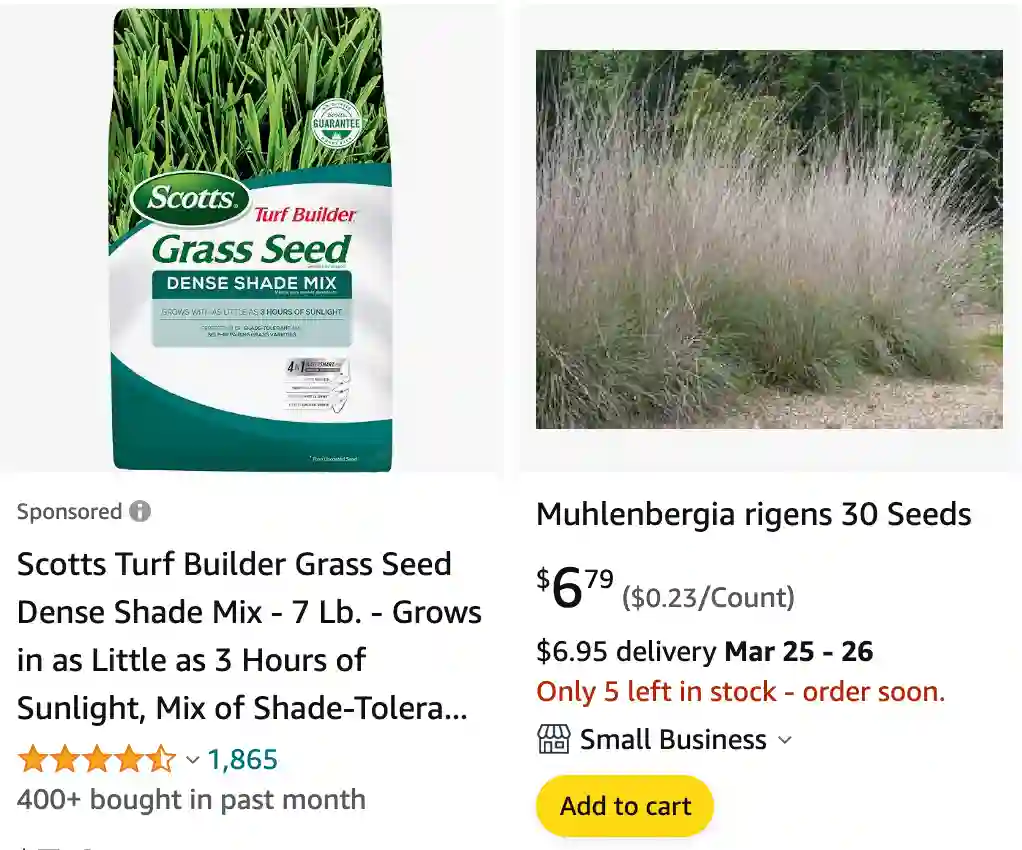
Introduction
As I delve into the world of gardening, one plant that has truly captured my attention and admiration is Muhlenbergia Rigens, affectionately known as deergrass. This warm-season perennial bunchgrass, with its tufted basal foliage and elegant flower spikes, has not only become a staple in my garden but has also become a source of fascination and joy. In this narrative, I’ll share my personal experiences, observations, and insights about Muhlenbergia Rigens, taking you on a journey through its description, distribution, uses, cultivation, ecology, and the rich history it holds.
Discovering the Enchanting Foliage
As I stroll through my garden, the first thing that catches my eye is the dense clump of slender, pointed leaves characteristic of deergrass. Standing at about three feet tall, these leaves range from a bright silver-green to a captivating shade of purple. It’s a sight to behold, especially as the foliage arches gracefully, creating a fountain-like effect that adds an enchanting touch to my outdoor space. According to my actual experience, this grass truly lives up to its reputation for being tidy and well-behaved, providing a visual feast for any garden enthusiast.

A Closer Look at Muhlenbergia Rigens
Muhlenbergia Rigens, as I’ve discovered, is not just a beauty to behold; it’s also a resilient and adaptable plant. Its native range extends from Shasta County, California, all the way south into Mexico. I’ve noticed it thriving in a variety of environments, from grasslands to riparian areas, chaparrals, mixed conifer forests, and even oak woodlands. What surprises me is its versatility – it can withstand periodic flooding but draws the line at poorly drained soils. My personal observations align with the information that it prefers basking in the full sun but doesn’t mind a bit of shade.
Unveiling the Uses Beyond Aesthetic Appeal
Beyond its aesthetic charm, I’ve come to appreciate the practical uses of deergrass. In the early stages, the young shoots serve as a delectable treat for various animals, adding a touch of wildlife to my garden. However, with age, the plant becomes less palatable, making it an excellent choice for those seeking deer-resistant options in exposed garden settings. Moreover, my research has led me to discover its role in erosion prevention and streambank stabilization, thanks to its extensive root systems. Currently, restoration efforts are leveraging deergrass to combat invasive annuals and reclaim overtilled agricultural land. I find this multi-faceted utility truly fascinating.
Cultivation Chronicles: From Seed to Splendor
Cultivating Muhlenbergia Rigens has been a rewarding journey for me. Whether through broadcast seeding with irrigation in late spring or opting for the highly effective method of container planting, each step has added its own charm to the process. I vividly remember the satisfaction of transplanting the seedlings in the fall, watching them take root and grow into the elegant grass that now graces my garden. What struck me the most is the low maintenance required once established – a testament to its hardiness and adaptability.
Ecology: A Harmony of Life
In my garden, I’ve observed Muhlenbergia Rigens playing a vital role in the ecosystem. Acting as a cover for mule deer during fawning periods, it fosters a delicate balance between wildlife and vegetation. I’ve noticed the young shoots and leaves being grazed by various animals, and it serves as an overwintering host for Lepidoptera and ladybugs. The fact that deergrass seed provides sustenance for a variety of bird species adds another layer of ecological significance that I find truly gratifying.
A Glimpse into History: Cultivation and Cultural Significance
As I delved into the history of deergrass, I couldn’t help but marvel at its significance in Native American tribes. The long seedstalks, vital for coiled baskets, were a fundamental part of their culture. Learning about the early cultivation practices, including controlled burns to maintain stands of deergrass, added a cultural depth to my appreciation. It’s intriguing to think that much of the current distribution of Muhlenbergia Rigens may be attributed to the propagation efforts of Native Americans.
Ornamental Elegance in Xeriscape Gardens
The ornamental appeal of deergrass cannot be overstated. Its slender yellow or purplish flower spikes, rising up to five feet, create a breathtaking display in late summer. What I find particularly enticing is its adaptability to xeriscape gardens. Thanks to its C4 carbon fixation mechanism, it thrives in conditions of drought and high temperature, making it a resilient and attractive addition to water-wise landscapes. My personal experience aligns with studies highlighting its tolerance to salt, opening up possibilities for irrigation using reclaimed waste-water sources.
A Gardener’s Reflection
In conclusion, my journey with Muhlenbergia Rigens, or deergrass, has been a tapestry of discovery, admiration, and connection with nature. From the enchanting foliage to the ecological role it plays, every aspect of this warm-season perennial has left an indelible mark on my gardening adventure. As I look out into my garden, adorned with the elegance of deergrass, I can’t help but marvel at the beauty and resilience that nature has bestowed upon us. It’s not just a plant; it’s a living story, a testament to the intricate dance between flora and fauna that continues to unfold in my little corner of the world.



